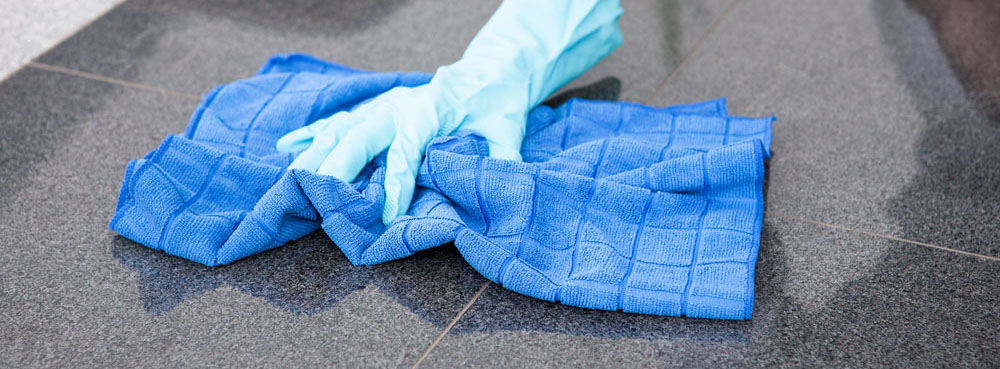A useful summary[i] of current evidence highlights what Healthcare workers should know about surface contamination. The principles are effectively the same for all healthcare workers in different settings (medical, dental etc.). It is a known fact between healthcare professionals that bacteria contaminate the inanimate environment which contributes to patient acquisition of pathogens.
BACTERIAL CONTAMINATION
Key pathogens are shed in any healthcare environment. This includes MRSA, VRE, C. difficile spores, resistant Gram-negative bacteria (especially Acinetobacter baumannii), and other microbes including fungi and viruses. If not actively killed or removed, they can survive for months and years (or decades in the case of spores). Patients with symptoms tend to shed more than patients who are colonised only, but even asymptomatic carriers shed into healthcare environments. The environmental sites that are closest to patients tend to be more heavily contaminated; and this can result in the acquisition of pathogens on the hands of healthcare workers.
CLINICAL IMPACT
For many years, the scientific community questioned whether all this environmental contamination was cause or effect of patient infection and colonisation with these pathogens. The most powerful evidence that environmental contamination is a cause of HCAI comes from the epidemiological findings that patients who occupy a treatment room after a patient (who had previously occupied the room with a pathogen) are roughly twice as likely to acquire the pathogen. Furthermore, improving the effectiveness of cleaning and disinfection mitigates this increased risk[ii], reinforcing that environmental contamination is important on clinical impact.
BIOFILMS LURKING
A few years ago, biofilms were first identified on dry healthcare surfaces[iii]. This was a surprise: previously biofilms had been associated with the wet surfaces in aqueous environments (e.g. ships hulls and teeth)! This finding has important implications: biofilms could explain the extraordinarily long survival time of non-spore forming bacteria on dry hospital surfaces, and why they are so difficult to kill. Bacteria embedded in biofilms can be hundreds or even thousands of times[iv] less susceptible to disinfectants.
IMPROVED DISINFECTION
All of this argues for improved disinfection. There's a lot that we can do to improve the efficacy of existing materials and methods. For example, using fluorescent markers can help to highlight areas that are not being cleaned effectively. Pre-impregnated disinfectant wipes are a useful innovation, making cleaning faster, more convenient, safer for staff, and reducing the risk of incorrectly formulated disinfectants being used. Automated room disinfection systems (such as those based on hydrogen peroxide and UVC) have been shown to achieve higher levels of surface hygiene than conventional methods, which translate into improved patient outcomes[v].
In summary, pathogens are definitely something all healthcare professionals should be cautious of. This involves improving your disinfectant procedures and clearly understanding the risks of not complying with the Infection Control Guidelines. Understanding bacteria contamination can also assist in developing improved disinfection processes within your surgery, and ultimately improve clinical outcomes for all of your patients.
Interested in more information?
Click here to read our article on ‘How effective wipes are in comparison to liquid disinfecting’
REFERENCES
[i]https://www.researchgate.net/publication/320706631_What_Healthcare_Workers_Should_Know_about_Environmental_Bacterial_Contamination_in_the_Intensive_Care_Unit
[ii] https://www.ncbi.nlm.nih.gov/pubmed/21444840
[iii] http://www.processcleaningsolutions.com/pdf/biofilms_on_surfaces.pdf
.png)

